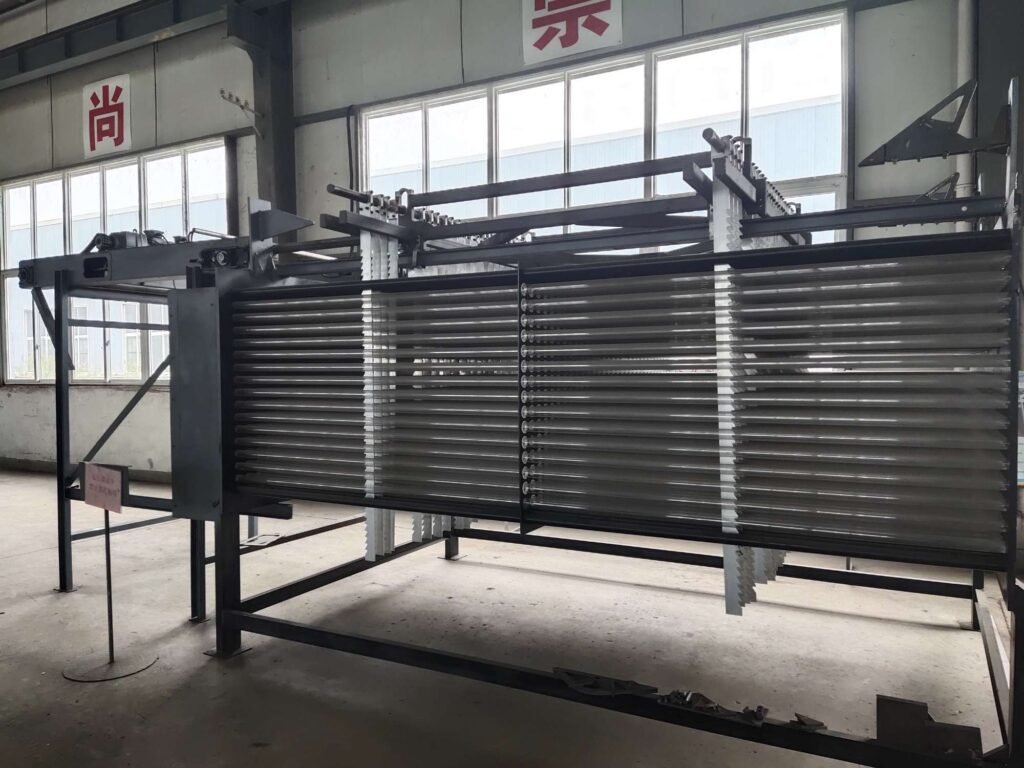Introduction
A boiler soot blower is used to clean ash from the heat transfer surfaces of the boiler, ensuring safe and efficient operation. It consists mainly of a blowing tube and control valves. Depending on the design, there are gun-type, rotary, and retractable blowers that use air, steam, or water as the cleaning medium. These blowers are typically placed in areas like the furnace, horizontal flue, and rear flue to remove ash buildup. Ash can reduce heat transfer efficiency, raise flue gas temperature, and lower boiler efficiency. In serious cases, it can cause superheater tube ruptures. Regular use of soot blowers is essential for maintaining safe boiler operation.
Steam soot blowers are commonly used in industrial equipment across thermal power plants, chemical plants, and metallurgical plants in China. They work by using steam at a specific pressure and dryness, which is sprayed at high speed from the nozzle to clean ash deposits from heat transfer surfaces. A steam soot blowing system consists of three main parts: the steam pipeline, the steam soot blower, and a program control unit. The blowers are electrically powered, with mechanically operated valves and a fine-tuning device for adjusting steam pressure and flow. The blowing tube is made of heat-resistant alloy steel.
Types
Steam soot blowers can be classified into two types based on flue gas temperature: retractable and fixed.
Retractable Soot Blower: Available in long and short retractable versions. The long-retractable type is used to remove ash deposits from superheaters, reheaters, economizers, air preheaters, and denitrification reactors. The short-retractable type is designed to clean slag and ash from water wall tubes. Retractable blowers have a more complex structure and require a large external maintenance platform for servicing.
Fixed Rotary Soot Blower: Typically used in medium to low-temperature conditions, this type requires less space, is easy to install, and offers good sealing.
Advantages
The main advantages of steam soot blowers are their strong cleaning power. They work well on slagging, low ash melting points, and sticky ash. Steam is taken directly from the boiler, using minimal extra energy, and the system can be set to run automatically.
Disadvantages
However, its disadvantages include steam consumption, which lowers the flue gas dew point and increases the need for feedwater. Soot blowing only cleans the surfaces it can reach, leaving blind spots. Additionally, the retractable parts of long-retractable soot blowers are prone to deformation, can get stuck, and require a lot of space.

As a result, the saw-vibration ash cleaning device, a contact-type mechanical cleaning tool, has become a popular choice. It cleans ash without requiring a boiler shutdown, reducing unplanned outages and improving boiler efficiency. By avoiding the limitations of soot blowers, it offers a unique and effective ash-cleaning capability.
About Us
Shandong Bokk Tech is dedicated to solve the problem such as ash blockage, corrosion and excessive exhaust gas temperature in the tubular air preheater of small and medium-sized boilers. We primarily manufacture automatic cleaning devices for tubular air preheaters and corrosion-resistant heat pipes. Our products are widely used in the thermal power plants, chemical plants, new energy sector, etc.
We offer customized services to customers around the world, allowing us to adjust product dimensions and other specifications based on your specific needs, to improve air preheater heat efficiency.
Share The Post
